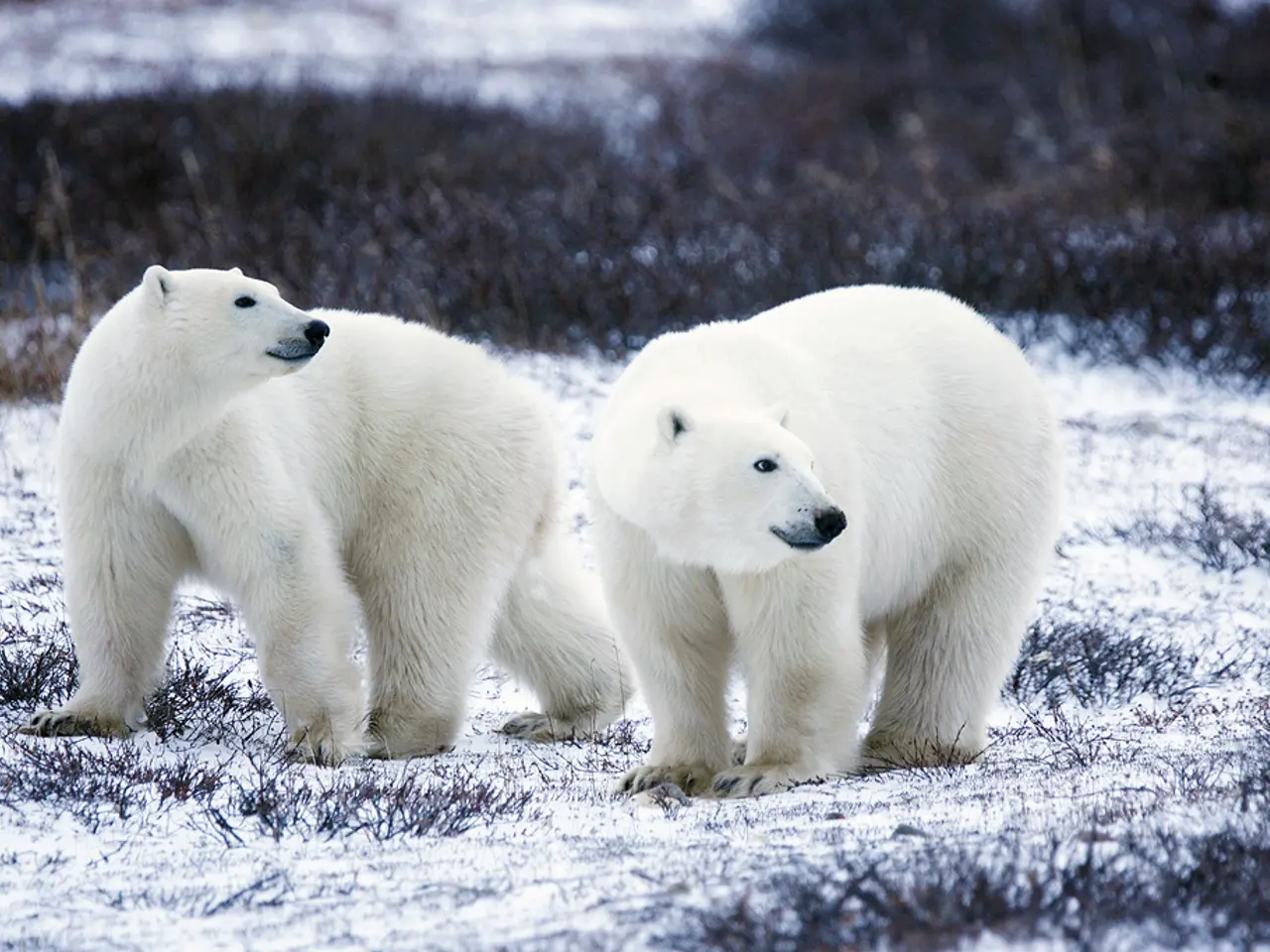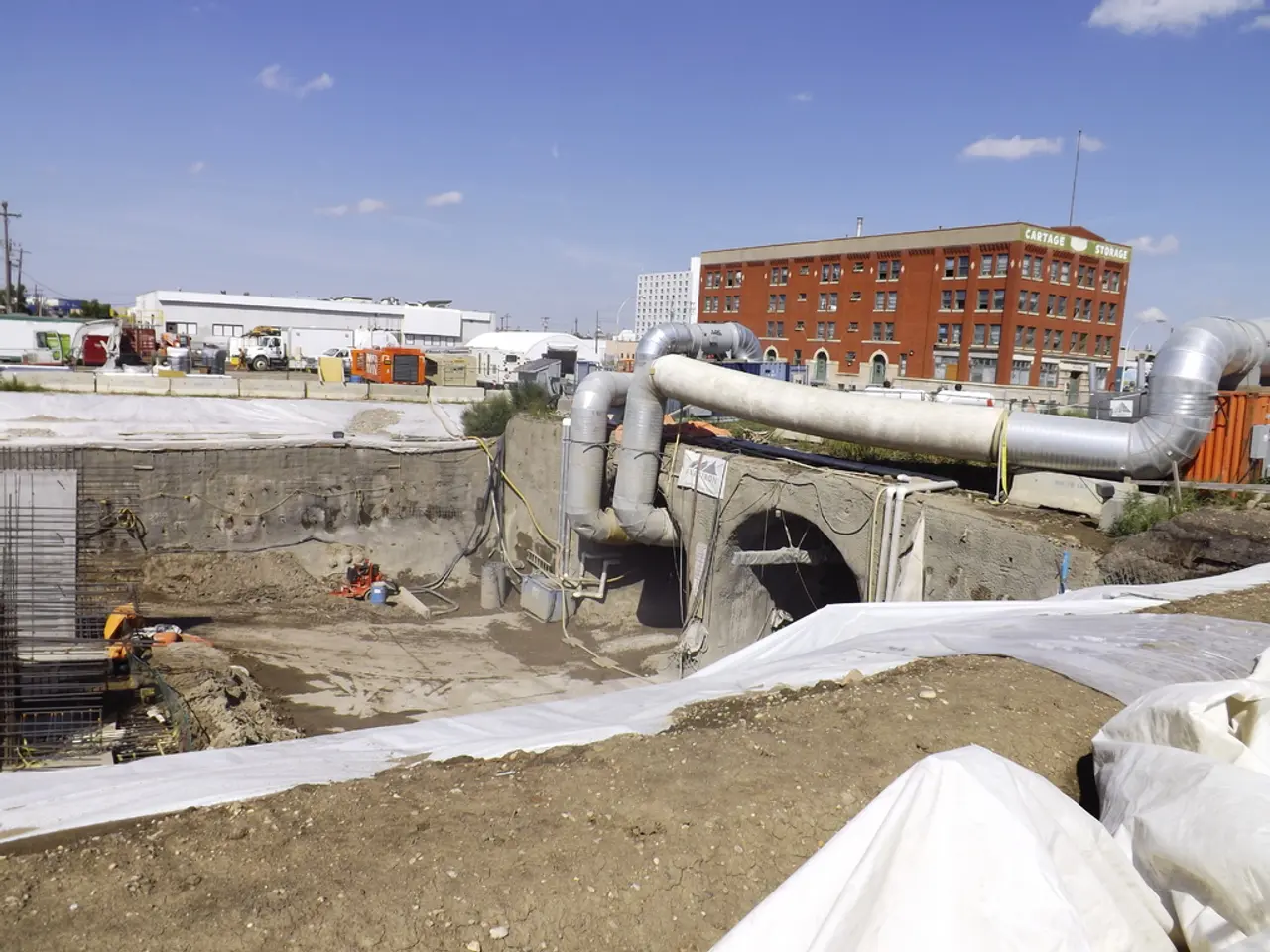Drilling Expansion Threatens Alaska's Wilderness as Trump Clears Up To 82% of National Reserve for Oil and Gas Exploration
In a significant policy shift, the Trump Administration has taken a step forward in its plan to roll back Biden-era federal protections across millions of acres in Alaska's National Petroleum Reserve (NPR-A).
Under the Biden Administration in 2024, the Bureau of Land Management expanded federal protections across 28 million acres within Alaska, aiming to restrict oil and gas leasing and preserve sensitive areas within the NPR-A. This move emphasized environmental conservation and climate concerns, limiting the extent of extraction activities.
However, in mid-2025, the Trump administration reversed much of these protections. The Department of the Interior, under the leadership of Secretary Doug Burgum, argued that the 2024 Biden-era restrictions exceeded statutory authority and unnecessarily hindered energy development. On June 17, 2025, the Department of the Interior released a draft analysis proposing to open up to 82% of the 23-million-acre National Petroleum Reserve to oil and gas leasing and development.
The U.S. Senate, in July 2025, approved budget legislation requiring at least 50% of the National Petroleum Reserve acreage to be available for leasing, further entrenching the Trump administration's agenda. High-level officials, including Energy Secretary Chris Wright and Interior Secretary Doug Burgum, have actively promoted opening the reserve, framing it as unlocking Alaska’s vast energy potential, estimated at over 14 billion barrels of recoverable oil in federal lands, including the NPR-A.
The National Petroleum Reserve, spanning approximately 23 million acres, is a landscape that houses a diverse array of American wildlife, including polar bears, grizzlies, moose, wolves, and migratory birds. It is also the source of clean water, food security, cultural continuity, and spiritual identity for the Alaska Native communities who have cared for them since time immemorial.
Meda DeWitt, Alaska senior manager at The Wilderness Society, expressed concern that the decisions are prioritizing tax breaks for the wealthy over the health of the planet and the survival of Alaska Native Peoples. She stated that pushing to open the Arctic's public lands to drilling disregards the will of the people and the urgent reality of the climate crisis. There are also concerns that decisions regarding the National Petroleum Reserve are being made against the will of Alaskan Native groups, who have lived in the area for generations and maintain deep cultural, spiritual, and subsistence ties to the land.
DeWitt further stated that the National Petroleum Reserve lands are not just wilderness on a map, but the source of clean water, food security, cultural continuity, and spiritual identity for the Alaska Native communities who have cared for them since time immemorial. She added that the country should be investing in a just and sustainable energy future instead of being forced to defend the protection of their homelands, while the rest of the country endures the escalating consequences of climate breakdown.
The proposed rule rescission for the National Petroleum Reserve includes protections for wildlife, but conservationists are concerned. The Trump administration's commitment is to Energy Dominance and regulatory reform, as indicated by the draft analysis for public comment.
In summary, as of mid-2025, the National Petroleum Reserve in Alaska is largely opened for oil and gas extraction, following a policy reversal by the Trump administration that dismantled many Biden-era protections. This has set the stage for expanded fossil fuel leasing and development activities over most of the reserve.
- The Trump Administration's policy shift in 2025 has prioritized energy development over environmental conservation and climate concerns in the National Petroleum Reserve (NPR-A) of Alaska.
- The government's decision to roll back federal protections established by the Biden Administration in 2024,echoes a focus on science and economics, with oil and gas leasing being promoted as a means to boost the nation's energy potential.
- As a result of this policy change, the NPR-A,HOME to diverse wildlife and essential resources for Alaska Native communities, now faces increased risk due to climate-change and war-and-conflicts escalated by oil extraction activities.
- Despite the proposed rule's protection for wildlife, conservationists remain concerned about general-news surrounding the Trump administration's commitment to Energy Dominance and policy-and-legislation reform, which emphasize reducing regulations to promote fossil fuel development.
- The scrutiny from conservation groups is not limited to the impact on the environment, but also encompasses the ethical implications of politics and policy decisions regarding the NPR-A, particularly those that may disregard the will of Alaskan native groups and their cultural ties to the land.







